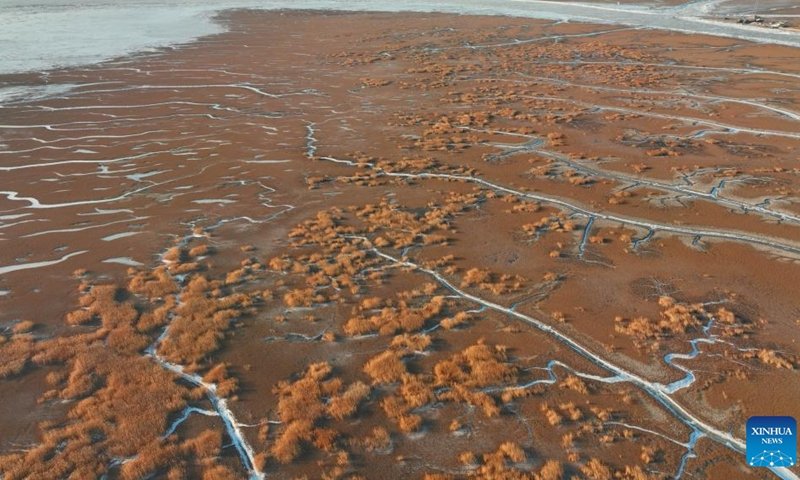Nestled in North China’s Inner Mongolia Autonomous Region, Tongliao recently became the focal point for historians, archaeologists, and cultural enthusiasts. They gathered for an academic symposium, intent on illuminating the monumental impact of the West Liaohe River on China’s historical timeline.
While the Yellow and Yangtze Rivers frequently capture the spotlight in discussions surrounding the genesis of Chinese civilization, the West Liaohe River quietly nurtures a rich tapestry of diverse cultures. The symposium aimed to position this river alongside its famed counterparts, stressing its integral role in molding China’s “diverse yet unified” cultural heritage.
Archaeologist Xue Ruiming provided insights into the river’s unique cultural mosaic. The West Liaohe River’s geographical nuances have cradled several ancient ethnic minority cultures, predominantly nomadic in nature. This includes the formidable Xiongnu tribe, the essence of Mongolian culture, the Xianbei, and the Khitan or Qidan peoples. Xue emphasized that the West Liaohe River civilization was an amalgamation of various tribe cultures, each distinct with its ethnic minority nuances. Moreover, by adopting a comparative lens, the symposium sought to trace the river civilization’s intersection with the ancient Central Plains’ cultures.
One can’t discuss the West Liaohe River without acknowledging its staggering 400 cultural heritage sites. These sites, as archaeologist Wang Meng elaborated, span a historical canvas stretching back 10,000 years. The symposium was further enriched by ten scholarly reports. These touched upon various facets of the river’s history, including the profound influence of the Hongshan Culture and jade traditions and the developmental trajectory of the ancient West Liaohe River populace.
Significantly, the West Liaohe River Culture is synonymous with notable cultural epochs like the middle Neolithic Xinglongwa culture and the late Hongshan Culture. Wang elucidated the intricate relationship between the Hongshan Culture, famed for its exquisite jade and pottery artifacts, and the Central Plain’s Yangshao Culture. This relationship epitomizes the fusion of geographically distinct ancient Chinese civilizations.
Sun Yonggang, associated with Chifeng University, underlined a pivotal observation: China’s multifaceted yet cohesive civilization emerged from the symbiotic exchanges between various prehistoric regional cultures.
Besides its rich history, the symposium addressed pragmatic concerns surrounding the vast 138,000 square kilometers of the West Xiliao River basin. Recent years have witnessed intensified archaeological endeavors around the river, with Tongliao alone yielding over 2,400 immovable and 78,000 movable cultural relics. The symposium sparked discussions on preserving this cultural heritage amidst urban expansion and elevating the river area’s civilization on the global stage.
In 2022, a parallel symposium highlighted the West Liaohe River‘s cultural essence, emphasizing its potential to redefine modern city landmarks in Tongliao. With cultural initiatives, like a documentary titled “The Flowing Civilization – the West Liaohe River” and an upcoming book series, the West Liaohe River’s indelible mark on Chinese civilization continues to inspire and captivate.
READ MORE:
